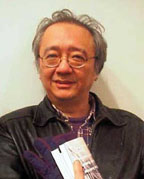In celebrating October, I'm going to periodically take time out to address different monsters from around the world and share the ways I've come to see them over the years.
Our first focus is
Frankenstein and
Frankenstein's Monster.
_01.jpg)
There's a lot to celebrate about the fellows- their creation also signaled the arrival of women writers in modern science fiction and horror. The longevity of Mary W. Shelly's novel and its continued relevance to today's issues is an example for us all.

The most common approach to Frankenstein is the "I will not play in God's Domain" reading, but my take is: What happens when the created surpasses the creator?
The 'monster' was created from the collective body parts and organs of criminals, murderers, the lowest of society, and yet the result was a being who was intelligent, articulate, and immensely, physically powerful.
He had a great sense of the soul (and his possible lack thereof), and sadly, an awareness of his isolation as a unique being, one who could only see himself as monstrous, and in the end, reverts back to his most brutal roots to destroy everything his creator held dear.
By the end of the novel, he's adrift on a block of ice to be alone forever.
Great drama! (But, scandalously, heretically speaking, is he possibly a metaphor for all human beings?)
Morally, intellectually, and physically his creator's superior, what is he supposed to do, finding himself created without any greater purpose than to satisfy an inquiry into the prevention of death?
I almost wonder what would have happened if the creature was created from the parts of the sainted in society- other doctors, scholars, priests, nobles, etc.
But in having been created from such 'base' parts, for the purpose of the story, it makes his accomplishments and his dilemma all the more tragic, transcending those roots, but also now rootless, without peer or company.

The created describes his feelings first of confusion, then rejection and hate, all stemming from his creator's initial disgust at him.
The creature learns to talk by secretly studying a poor peasant family. He performs many kind deeds for this family in secret, but they drive him away when they finally see his true appearance.
Ultimately, doesn't this tap in deeply to the fears of any human and their experience and relationship to the world?
His only crime is that he is not beautiful. And so he is called a failure, a shame.

I always find myself thinking of several other beings in connection to Frankenstein's Monster, including:
Thomas Hobbe's Leviathan, an interesting metaphor for the body of the state, as well as the Jewish tradition of the Golem, an artificial being usually created for menial tasks:

A common notion developed that the main disability of the golem is its inability to speak. It is said that if a golem was made able to speak, this would give it a soul, and because a golem cannot be made perfectly, that ability would make it very dangerous.
As a writer of color, I find this an intriguing notion while our communities try to articulate our experiences and perspective.
Perhaps both Frankenstein's Monster and the Golem become statements about how we shouldn't create life lightly, or treat it as something casual, whose purpose is only to serve.
This also relates back to the Homunculus, another example of people trying to create artificial people.

They were short, and stood no more than 12 inches tall, and also did menial work before turning on their creator/master and running away. (Hmm, I see a theme recurring)
What I also find interesting, if disagreeable, is that today, we have no trouble finding female interpretations of vampires and werewolves aplenty, but proportionally speaking, only a few films such as Bride of Re-Animator, the Bride of Frankenstein, or Frankenhooker take on the idea of women as people to be re-animated
a la Frankenstein.

And more often, the theme revolves around the idea that they are being brought back only for sexual purposes, never for their great conversational skills or company as able-bodied laborers. (A theme that is pretty apparent with most of Blade Runner's female replicants, for example.) Instead, it just comes down to lines like Frankenhooker's "Wanna Date?"
The Frankenstein story was adapted into the blaxploitation horror film Blackenstein, which, while being an amazingly terrible movie, does bring in new issues into the myth of Frankenstein.

In Blackenstein, the man didn't start out dead, but was a Vietnam war veteran who lost his arms and legs, and was supposed to undergo a radical procedure that was sabotaged because the doctor wanted Blackenstein's wife for himself.
I think it changes the story's themes greatly if he doesn't start out a corpse, but that's just me being picky.
Much carnage naturally ensues, and if one was to go at it, there's all sorts of sociology commentary that could be inserted here. In the end, this poor guy is just torn apart by police dogs.
It's not the social satire that Night of the Living Dead is, and is usually double-featured with the equally terrible Blacula. Still, this is one take on the myth.
I haven't really run across an Asian American take on Frankenstein, but if you know of one, let me know.
But getting back to the final point:
I think our question must be: What is the true root of fear for the story of Frankenstein and his monster?
If we fear vampires for being dead parasites, werewolves for being men who turn into beasts, who and what should we fear in Frankenstein?
The creator, whose moral indifference about life leads to destruction, misery and the debasing of the soul for knowledge, or a being, who, composed of the 'worst' of us, is still better than us, and challenges our sense of the order of the universe?
Or do we fear that others will use our bodies and cobble together something that is more and less than what we want to believe should always be a whole?
Interestingly enough, we can currently go the
Minneapolis Public Library where they've got their special exhibit on
Frankenstein: Penetrating the Secrets of Nature.
(Wow, even the library winds up noting the sexually charged aspects of the legend. But that's a whole different post.)
Check it out!




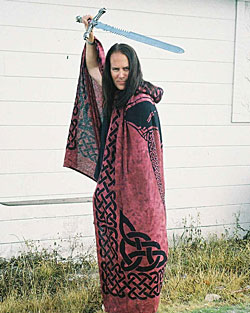


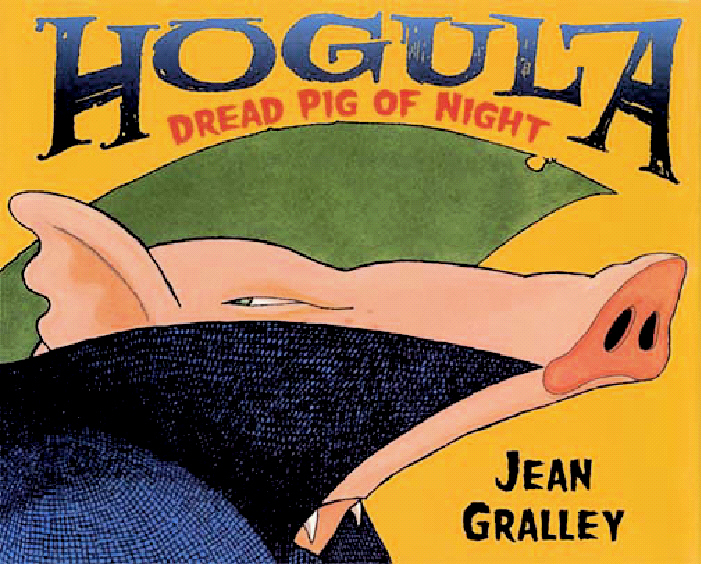









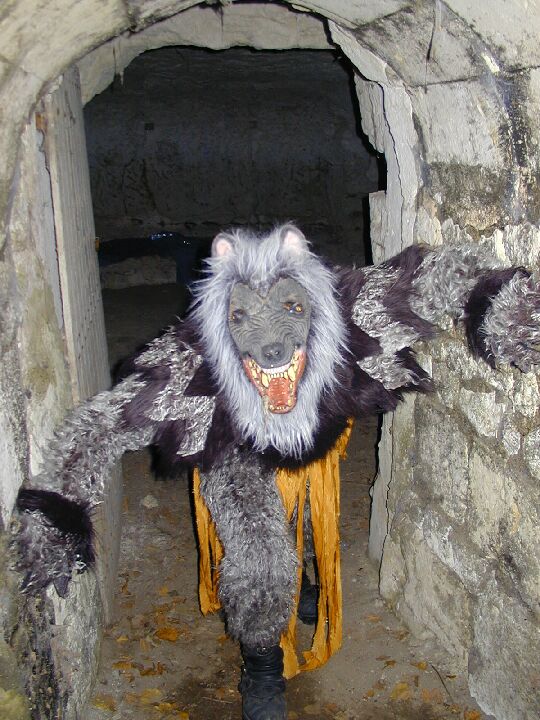


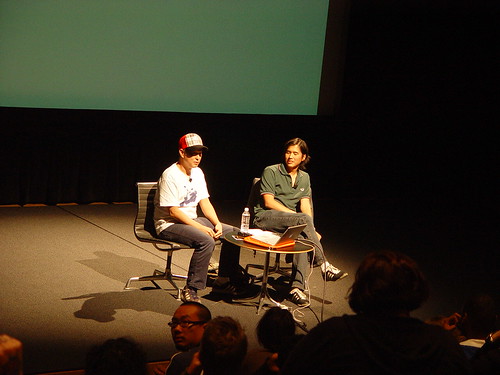


_01.jpg)








